Geometry: Homework 1 Solutions
VerifiedAdded on 2023/06/10
|7
|999
|258
AI Summary
This document contains solutions to Geometry Homework 1, covering topics such as commutative property, distributive property, and proofs. It includes references to Festisov & Dubnov (2006) and Universal (2018).
Contribute Materials
Your contribution can guide someone’s learning journey. Share your
documents today.
1 out of 7
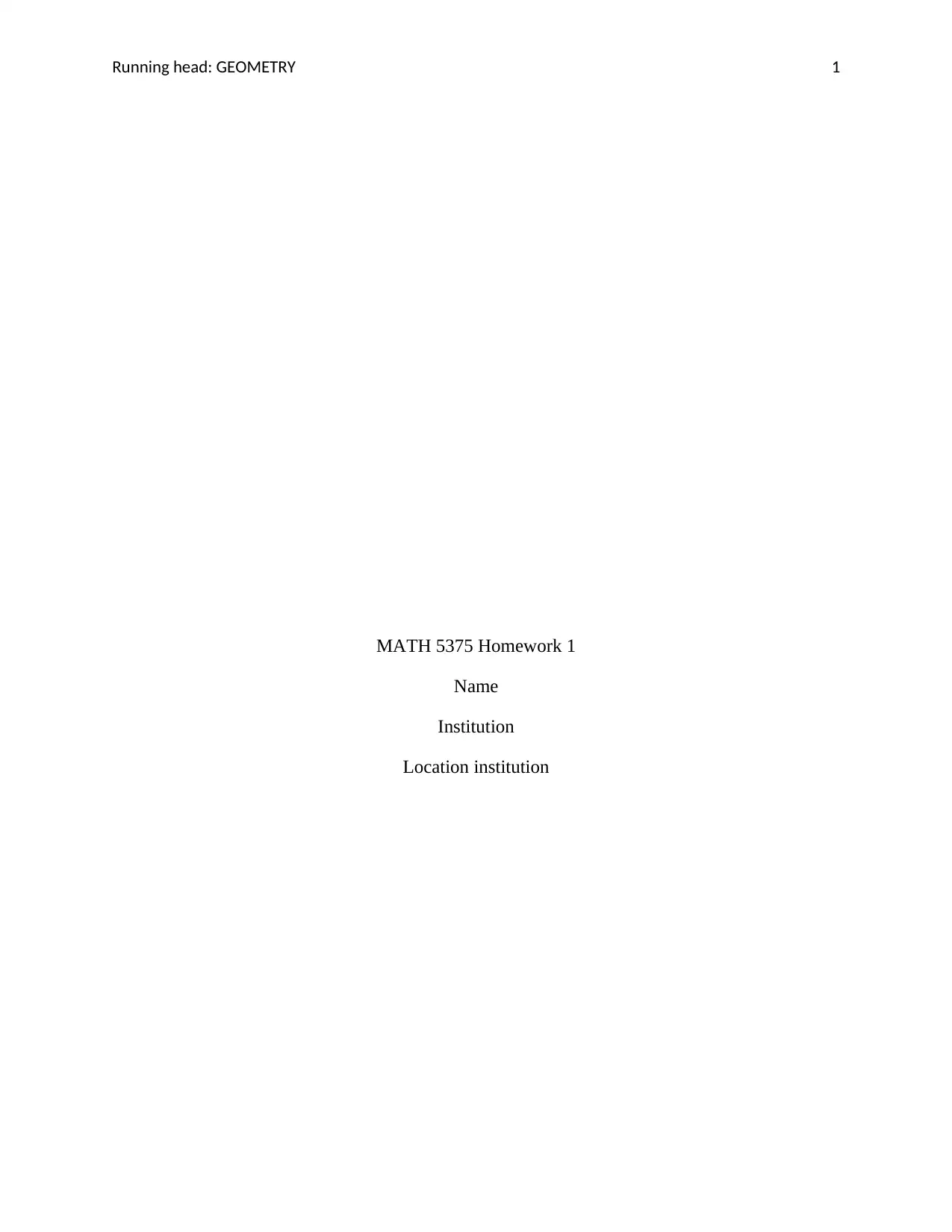
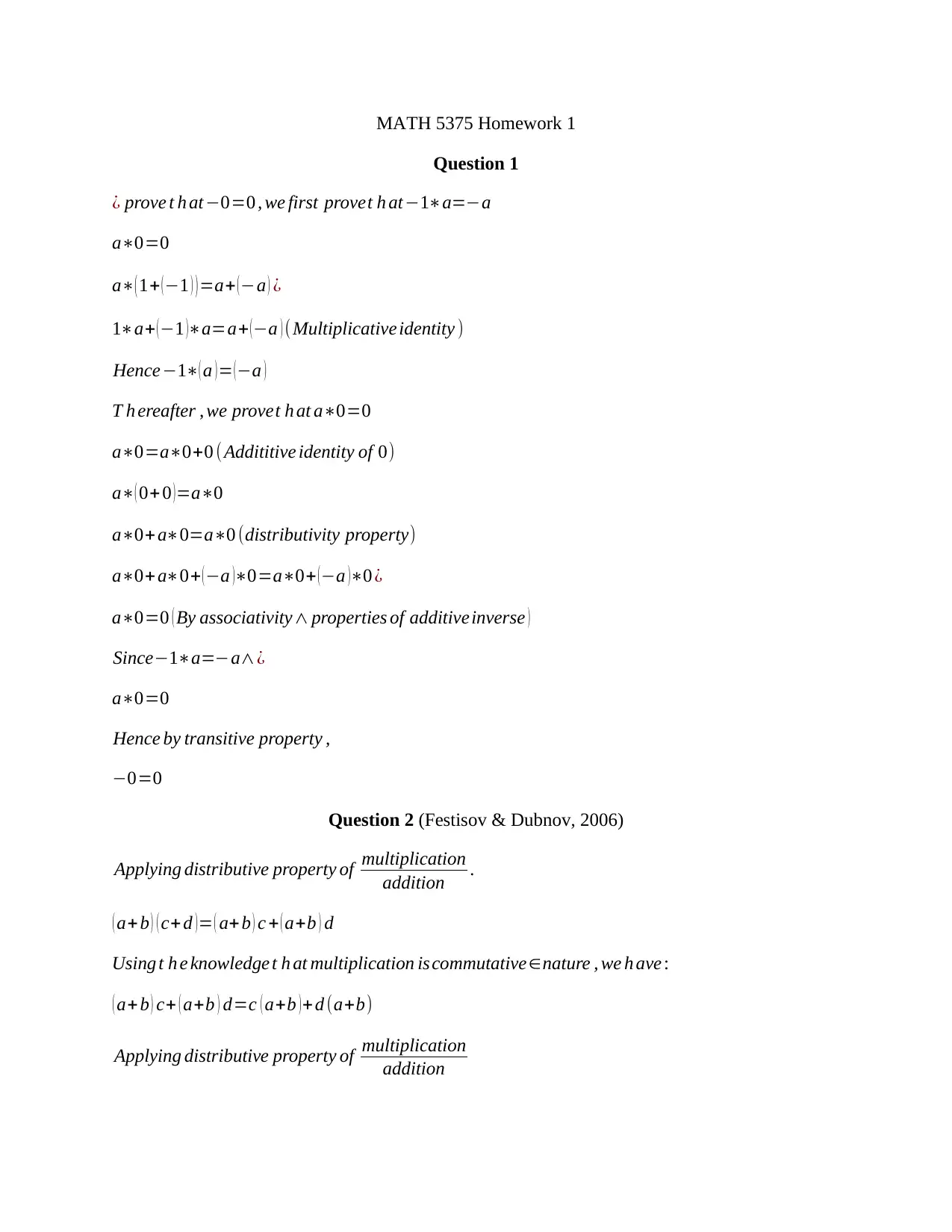
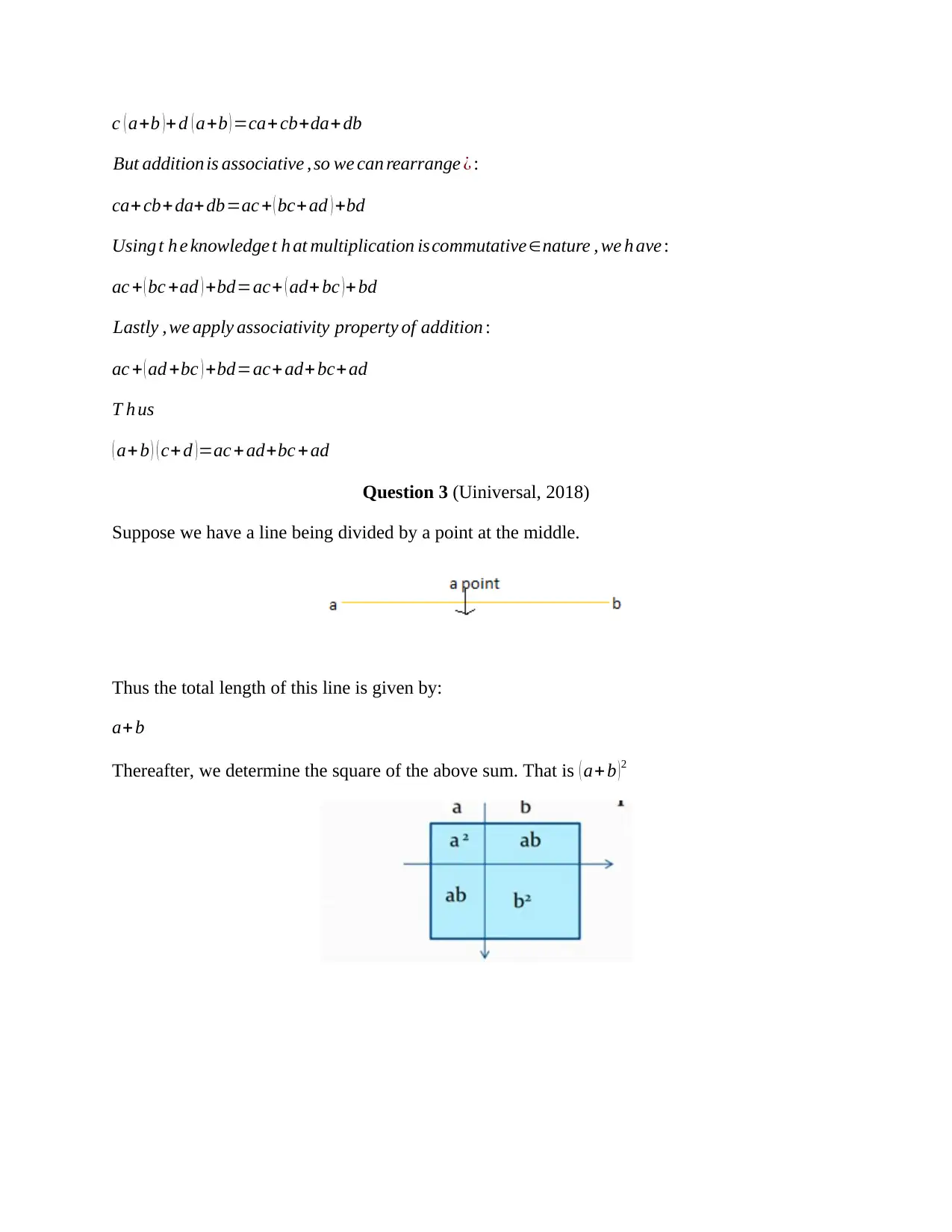
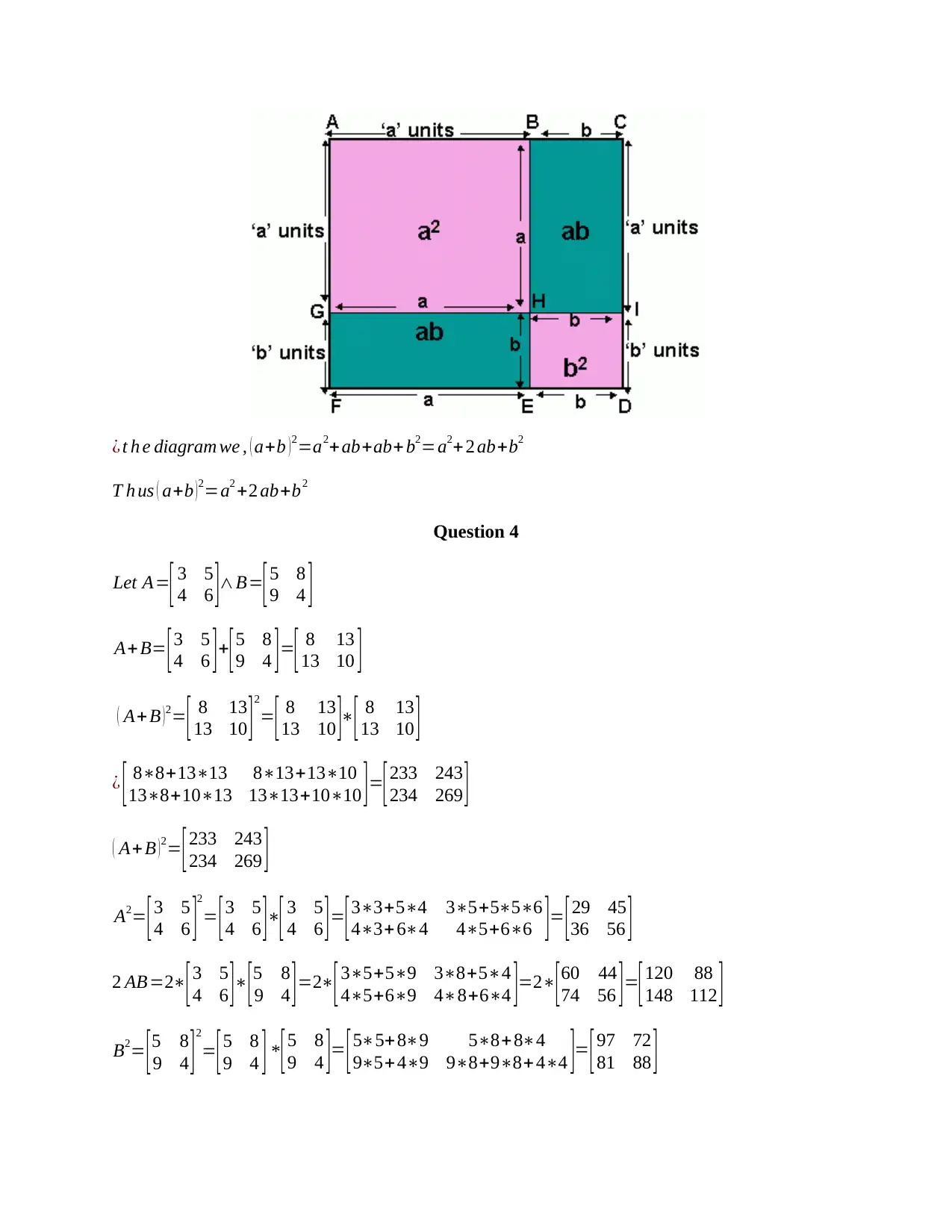
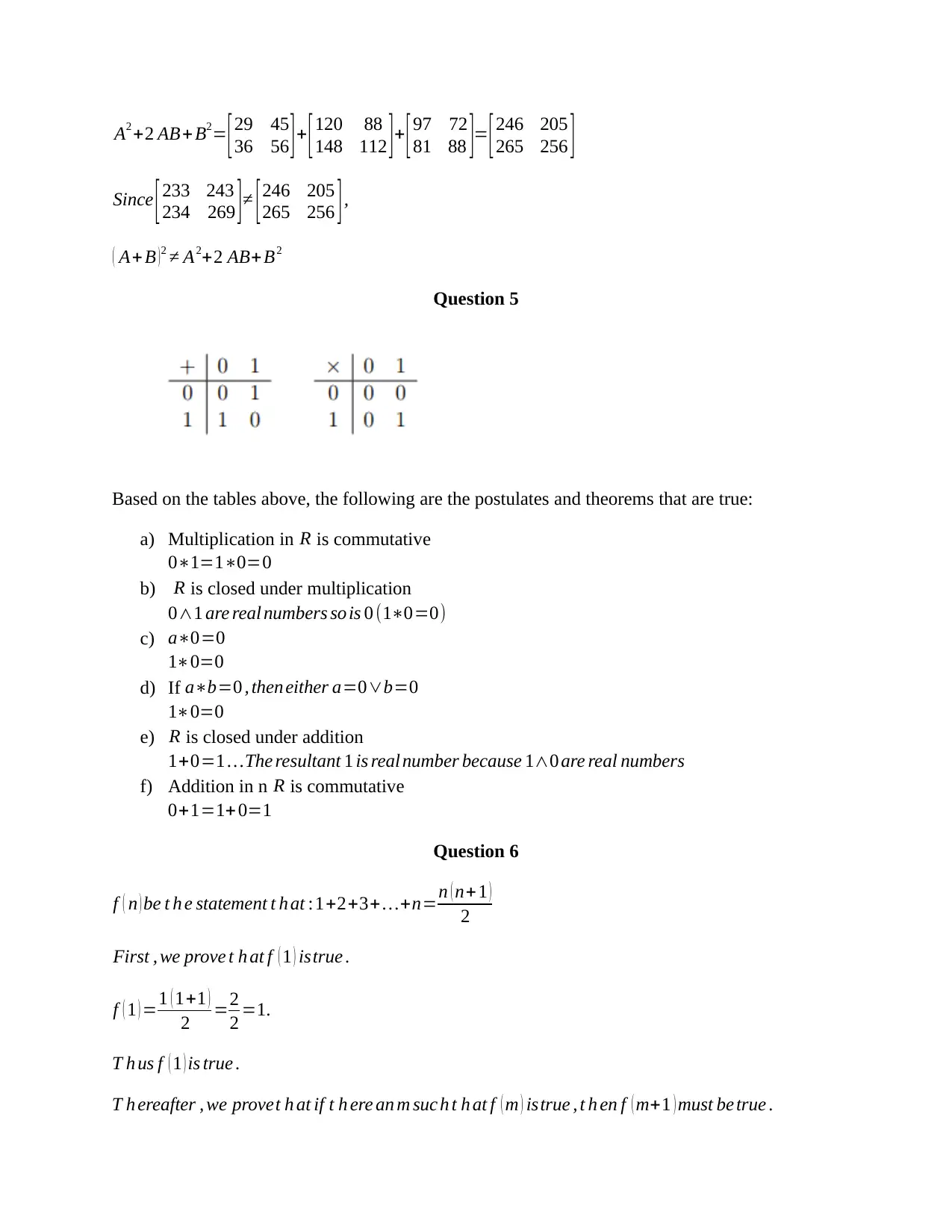
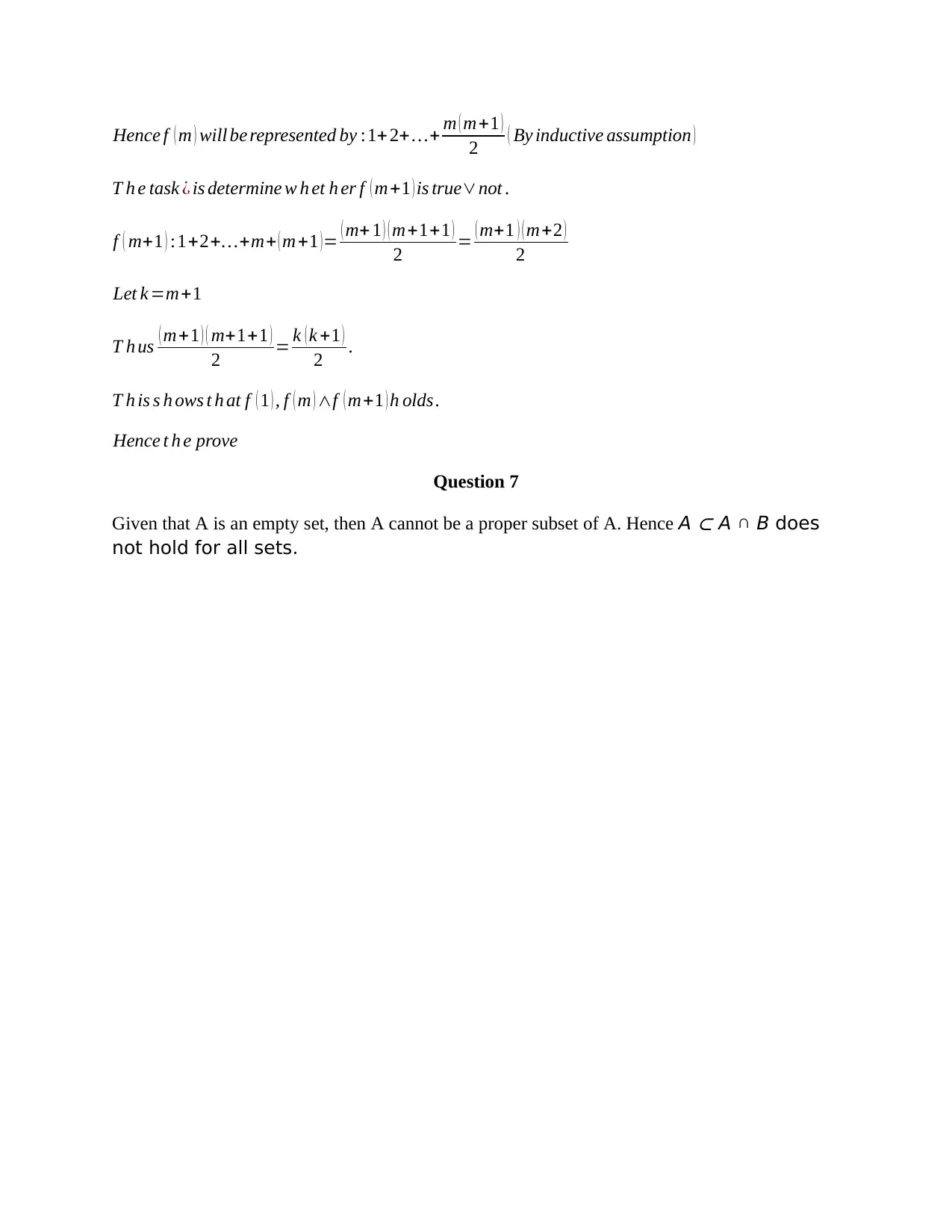
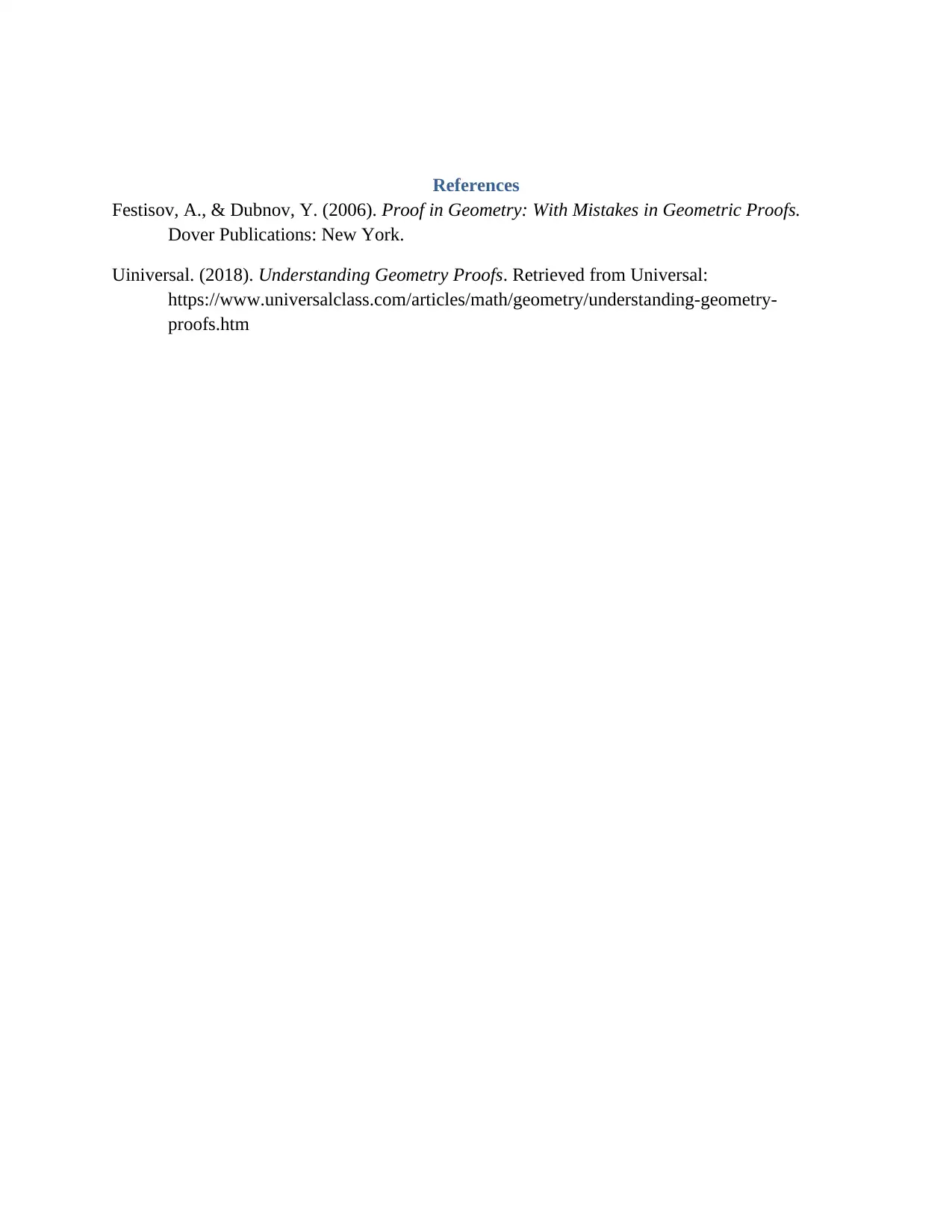






![[object Object]](/_next/static/media/star-bottom.7253800d.svg)